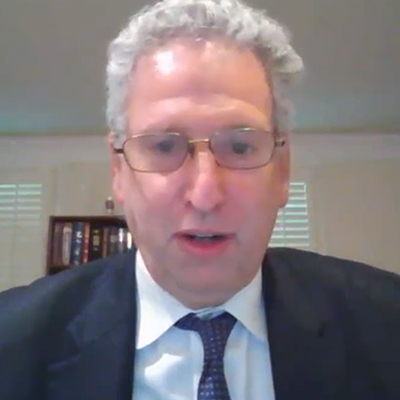Speakers during the second day of FERC’s two-day technical conference on climate change and electric reliability risks Wednesday emphasized the need for more transmission to facilitate interregional electricity trading and how to properly compensate demand-side resources.
Panelists also further discussed how FERC can incentivize changes that adapt for climate risks, this time in the RTO/ISO markets. The previous day’s session focused on changes to planning practices and reliability standards. (See related story, FERC Tackles Grid Planning for an Unpredictable Climate.)
Suggestions encompassed the entire electric industry, from fuels to the demand side.
Demand Response and DERs

FERC Chairman Richard Glick recalled that “in California last August during the extreme temperatures, demand response played a significant role in keeping the lights on.” He asked the first panel of the day for suggestions on how the commission or RTOs could improve the use of flexible demand in addition to the solicitation of voluntary load reductions.
“I don’t want to beat a dead horse, but most roads lead back to shortage pricing,” said David Patton, whose firm Potomac Economics serves as market monitor for ERCOT, ISO-NE, MISO and NYISO.
DR is “incredibly valuable,” and if most of the incentives for it can be embedded in energy prices rather than capacity prices, “we will be far ahead in terms of providing good incentives for flexible demand response. … I would say 90, 95% of the objective should be to get shortage pricing correct in all the RTOs,” Patton said.
Extreme weather events “are not events that it would make sense to plan for. … Many are so low probability that it would be enormously costly to have mandates to try to address them. But incentives provided by shortage pricing will provide correct incentives,” he said.
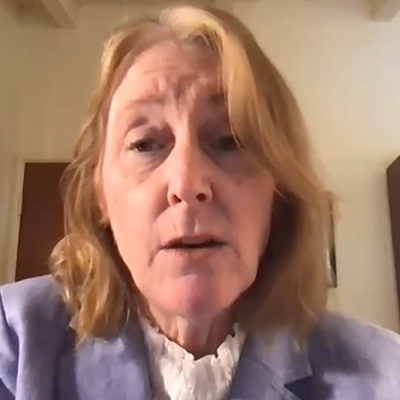
Anne Hoskins, chief policy officer at Sunrun, said FERC should do more to make sure DR is compensated.
“My main message … today is: ‘Don’t forget the distributed resources.’ We have played a critical role in the past year in dealing where we have had very serious outages,” she said, referencing the California Public Service Commission’s request that Sunrun customers stop charging or share their power without compensation during wildfire season.
MISO Executive Director of Systems Operations Renuka Chatterjee said a last-resort public appeal for energy conservation is a wild card and could be better handled by price-sensitive DR.
“The last category of demand response tends to be this voluntary load reduction [from] public appeals … and that’s too late in the process,” she said. “Thirty minutes before load shed, we’re asking for public appeals, and we are relying on the public to reduce demand in a short time. Most of the public may not be paying attention to announcements, so … you can get a lot or you can get nothing.”
Gas-Electric Coordination
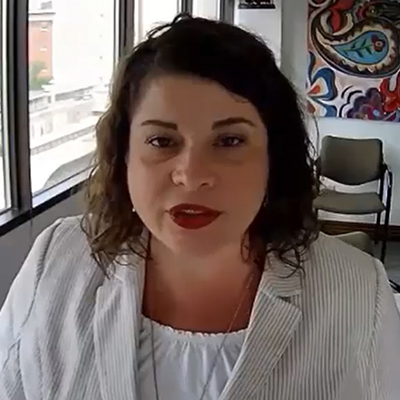
As the country decarbonizes, it will become more reliant, at least in the short to medium terms, on reliable gas supply for flexible generation to balance out renewables that are coming online, said Amanda Frazier, Vistra senior vice president of regulatory policy.
During the Texas crisis in February, some gas infrastructure was committed to provide DR through the wholesale market and “were incentivized, required really, to curtail their load in response to the call for conservation. It created this loop effect where they weren’t able to produce gas and put it onto the system,” Frazier said.
“So there should be some oversight from the RTOs and ISOs to make sure that we are not creating a situation where DR is cannibalizing a critical fuel supply or infrastructure needed to deliver power reliably.”
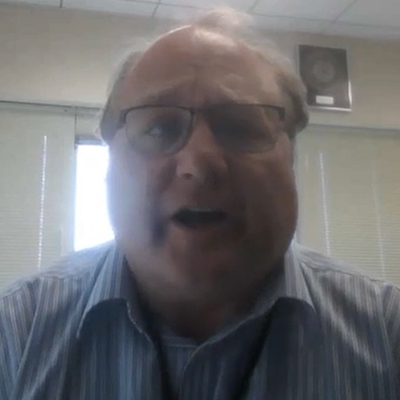
Frazier said the introduction of carbon pricing in markets could address both climate change and reliability risks. She said carbon pricing used alongside fuel security incentives will attract the “right collection of resources both to address decarbonization goals along with reliability needs.”
Patton said that the gas procurement and trading that takes place is “OK to reasonably good” on non-stressed days, but it lacks the coordination needed when gas starts to become scarce and participants are trying to acquire it and allocate it.

“It is the reason why you see dramatic spikes in gas prices and then, when the psychology changes and the concern over gas availability goes down, gas prices tend to drop like a stone,” Patton said. “So that signals that we could do a lot better coordinating gas and particularly pipeline capability, though it doesn’t require the same degree of coordination that the delivery of electricity does because the physical characteristics of delivering electricity are far more complicated and rigid than gas.”
“If we had unlimited pipeline capability, I believe we’d have no problem with extreme cold weather, but that’s not the case,” NYISO Vice President of Operations Wesley Yeomans said. “We have gone back to the electric utilities to make certain those large, important, interstate gas pipeline compressors are not on utility load-shed scripts or lists, so we are confident on that, but to be quite frank, [the ISO could] ask more questions [such as] for a comprehensive list of critical loads.”
Transmission
Chatterjee also said MISO could use more transmission to navigate punishing weather. MISO is currently pursuing its first long-term transmission plan in a decade. (See MISO Execs Defend Need for Long-range Tx.)
“As I reflect upon the February arctic event, it is not that we didn’t have enough generation; we couldn’t get it to where it needed to go. So we can think about having locally sufficient generation, but at the same time you need transmission,” she said.
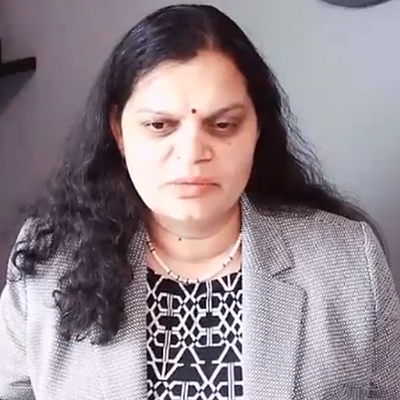
However, she said MISO’s middle-of-the-country geography afforded it a less painful experience than other markets — such as Texas’ — during February’s weather.
“The biggest lesson learned from the weather event is MISO is well situated right in the middle of the country along with neighbors that allowed us to import power,” Chatterjee said, adding that having a variety of strategies during extreme weather is key.
“People are installing batteries with their solar systems … [because] transmission systems haven’t been working,” Hoskins said. “When there have been the forced outages or the intentional outages by PG&E in particular … the incentive has been for customers to go out and invest in their own batteries.”
Need for Redundancy
Participants in the second panel focused on recovery and restoration after an extreme weather event, with a particular emphasis on black start units meant to help restore inoperative generating facilities.
But they also echoed the previous panel’s call for more transmission.
Questions about black start services were especially pertinent given the mass generation outages resulting from February’s winter storms that came close to causing a total collapse of the electric grid in Texas. (See ERCOT: Grid was ‘Seconds and Minutes’ from Total Collapse.) Several speakers referenced an article published in The Wall Street Journal the previous week that suggested 15 of Texas’ 28 black start units relied on a single fuel source, with no backup if the primary fails.
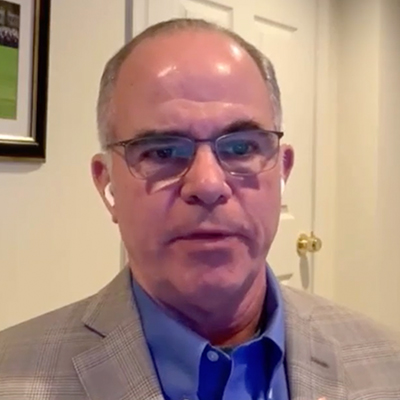
Charles Long, vice president of transmission planning and strategy at Entergy, encouraged grid planners to work harder to ensure diverse fuel sources are available to emergency systems while also suggesting an even broader perspective.
“Fuel diversity is valuable in any kind of event — even if it’s not a single unit with dual fuel; dual fuel in an area that might be affected can be very valuable,” Long said. “You should really think about that in a system planning aspect. Maybe if you have a gas generator next to a nuclear generator, next to a solar generator, those type of things in geographic proximity can be just as valuable as dual fuel.”
Jodi Moskowitz, deputy general counsel and RTO strategy officer at PSEG, also acknowledged that black start capability with robust fuel sources is essential to riding out service outages. However, she emphasized that black start services place a significant financial burden on utilities and called for regulators to help entities make the needed investments with proper incentives.
“Compensation is an issue that we have been dealing with in PJM. … If there is an expectation that generators are going to offer black start service, there [needs to be] certainty about how they are going to get paid,” Moskowitz said. “The same way that we often hear transmission owners being very concerned about fluctuations in [return on equity] policy … and the need for regulatory certainty, the same applies for black start.”

While all participants recognized the importance of black start, Mike Bryson, PJM’s senior vice president of operations, reminded his fellow panelists that they are far from the only essential aspects of utilities’ reliability planning.
“From the best practice perspective, I will take one tie with outside systems over any black start units in my system,” Bryson said. “They are great, but … having an interconnected system with NYISO in New York and [others], that is what we will lean on in terms of trying to restore the system.”
“I could not emphasize more that nothing is better than a very strong, interconnected, reliable and resilient transmission system,” said Kevin Geraghty, senior vice president of electric operations for San Diego Gas & Electric. “Investing and reinvesting in that is incredibly important for us to the most reliable operators we can be.”
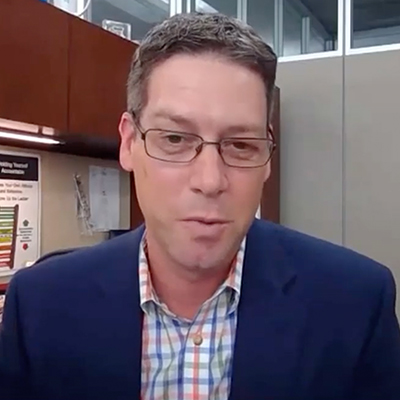
Geraghty also weighed in on FERC staff’s question on whether greater coordination between states and stakeholders that decide restoration priorities will establish more consistency in their decision-making. Given California’s wildfire risk, he said, SDG&E holds operational calls with California emergency agencies “every month, regardless of the threat.”
The utility also meets quarterly with 40 stakeholders in San Diego County to determine where it might improve the system’s resilience.
“I could not stress enough how critical it is to set up one of those advisory councils and just listen and make sure that we are in tune with the county,” Geraghty said. “You will know their priorities better, and that leads to great solutions.”

ITC Holdings’ Brian Slocum, vice president of operations, spoke from bitter experience when he referenced lessons learned from severe weather. Last August, a derecho storm complex that raced from Iowa to Indiana killed four people, flattened crops and caused an estimated $7.5 billion in damages, more than many hurricanes. At one point, much of Cedar Rapids, Iowa, was without power.
“I think what we learned is to do a better job upfront. … We should be able to know that at a distribution level, this transmission circuit is out of service,” Slocum said of the company’s eight-day restoration period. “We should be able to highlight that red light on our sheet of outages right away, without having to get that input or phone call from a city. As these loads change, we also need to make sure we’re updating our restoration priorities and we can save ourselves at least a little bit of trouble when we get punched by Mike Tyson.”
Coordinated Response
The conference’s final panel explored what role cross-jurisdictional coordination and cooperation plays in long-term planning, operations and recovery practices in addressing climate change and in the aftermath of extreme weather events.
GridWise Alliance CEO Karen Wayland said she has “long advocated” for a body, either formal or informal, that brings together state and federal regulators “to confront a whole suite of issues that are blurring the jurisdictional lines between the state and federal authorities.”
Michigan Public Service Commission Chair Dan Scripps added that the focus of any coordination or collaboration should be on “tangible opportunities,” such as forecasting and transmission. For example, he said, following the 2019 cold snap, Michigan Gov. Gretchen Whitmer asked the PSC to complete a statewide energy assessment. He knows other states are doing something similar after the deep freeze in February. He said this is “an opportunity to learn from those deep dives … and connect the dots between state-specific recommendations with something that addresses broader systemwide reliability.”
Carolyn Barbash, vice president of transmission and development policy for NV Energy, said even informal coordination and collaboration “can only help” in Western states like Nevada. She said it has been “relatively easy” to be on the same page as state regulators in Nevada regarding transmission investments. Still, planning for climate change will take regional coordination.
“Any help that we can get, helping coordinate and prioritizing with federal permitting agencies and across different states, would be helpful to increase the resiliency so that we can respond to climate change and natural disasters,” Barbash said.
